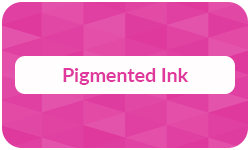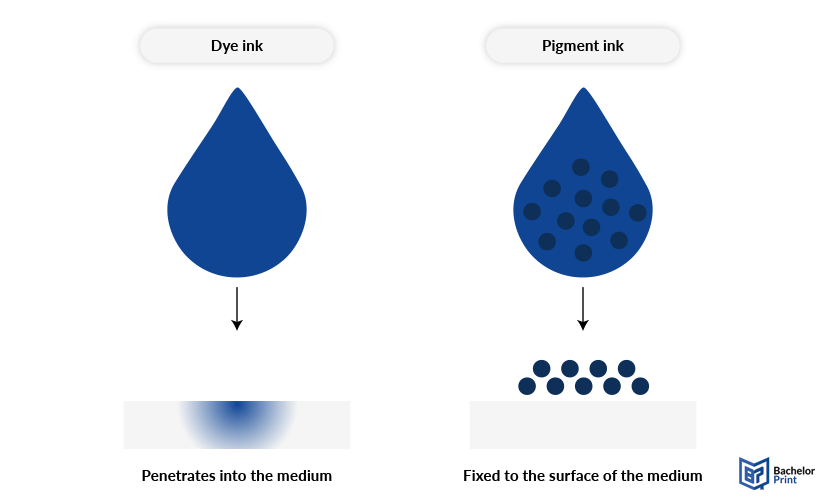
Pigment ink, or pigmented ink, is a broad umbrella term for all types of ink that consist of a suspension, where ink particles are dissolved in a base. Pigment inks form most of the different printing inks and can be adjusted to various printing methods, whether sublimation printing, screen printing, or other types. The following article will focus on pigmented ink as a specific type with water as its base.
Definition: Pigmented ink
Pigmented inks are a type of pigment ink. In most cases, both terms are used synonymously and as an umbrella term for every ink type that uses small, solid particles to carry the color in a base. The base can be water, resin, latex, and others. However, pigmented ink also refers to a specific type, which uses water as a base and is thus a type of ink itself.
High-quality color copies from just AU$0.28
- Choose from different paper formats & paper weights
- Configure finishing options & add any extras you need
- Easy online ordering process with delivery to your doorstep
Learn more!
Applications and limitations
Pigmented inks, in contrast to dye inks, do not seep into the printer paper but stay on the surface, and do not mix well, resulting in a smaller variety of color hues. Due to high refill costs, pigmented ink is mostly used in professional environments, for example, by architects, artists, or photographers. Another place suited for application is shipping labels of big companies, as the package might be exposed to the weather during the shipment.
Additionally, printing on textiles is also often done with pigmented inks, as the ink stays after washing.
The limitations of pigmented ink are pretty straightforward. Due to the way the colors only stick to the surface of the medium, they cannot mix and blend well, and are prone to abrasion. Especially on fabric prints, rubbing over the image can cause it to flake off.
Advantages and disadvantages
Pigmented inks have many advantages and disadvantages to consider before deciding on using them.
Advantages
- Scratch and water-resistant (depending on the medium printed on)
- High-quality, vibrant printing results
- Relatively cheap printer
- UV-resistant with almost no fading
Disadvantages
- May produce inconsistent colors
- Not suited for prints used outdoors
- Inks and refills can be expensive
- Vulnerable to abrasion
Pigmented vs. dye inks
Pigmented inks and dye inks are very distinct in composition, even if the difference is minor on the final printed product. While pigmented inks are made by suspending tiny particles in a liquid medium, dye inks have the color fully dissolved in the solution.

PDF printing at BachelorPrint from AU$0.16
- Upload your files & order printed PDFs in minutes
- Secure online PDF printing service with reliable delivery
- High-quality prints from any PDF, including reports & more
Learn more!
FAQs
Pigmented ink is a type of printing ink where color particles are dispersed in a suspension, which is then applied to the medium.
Pigmented ink is often used in professional printing, as the ink refills can become quite expensive. Due to the highly scratch-resistant finish, it is not just used by architects and engineers, but also by graphic designers and even museums.
Pigmented ink has strong arguments for itself, such as scratch, water, and UV resistance. Furthermore, they produce vibrant prints and an especially intensive black.